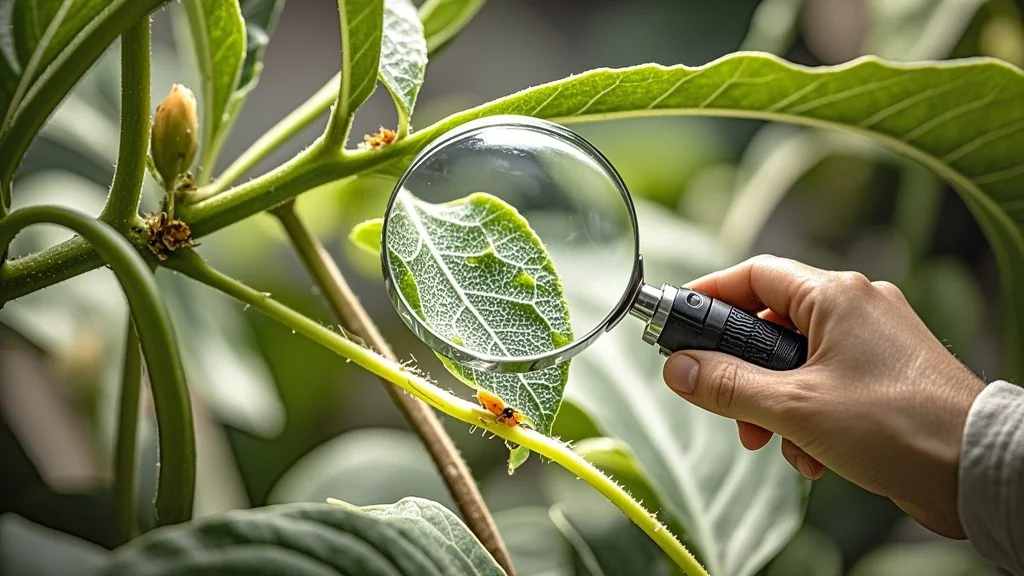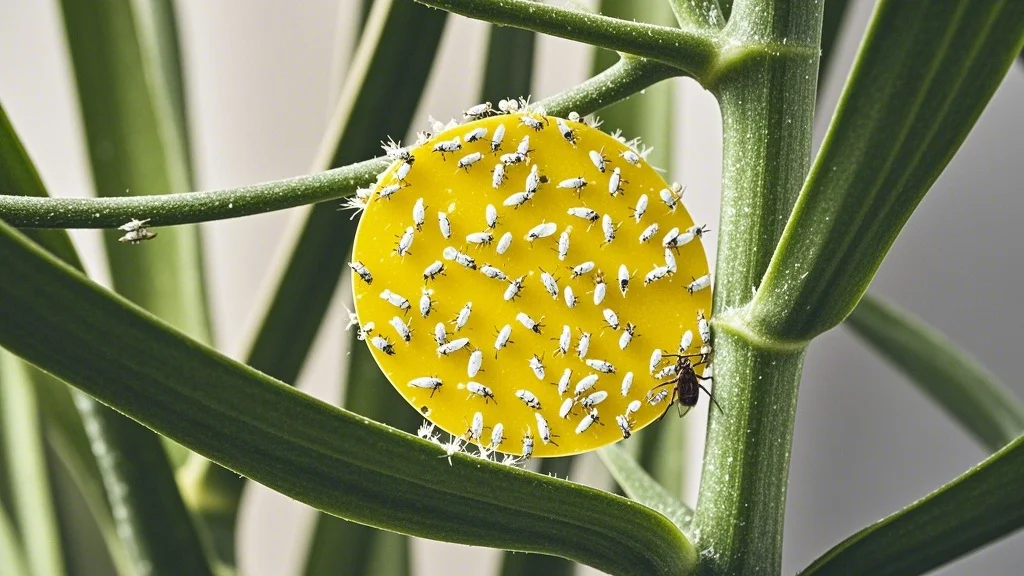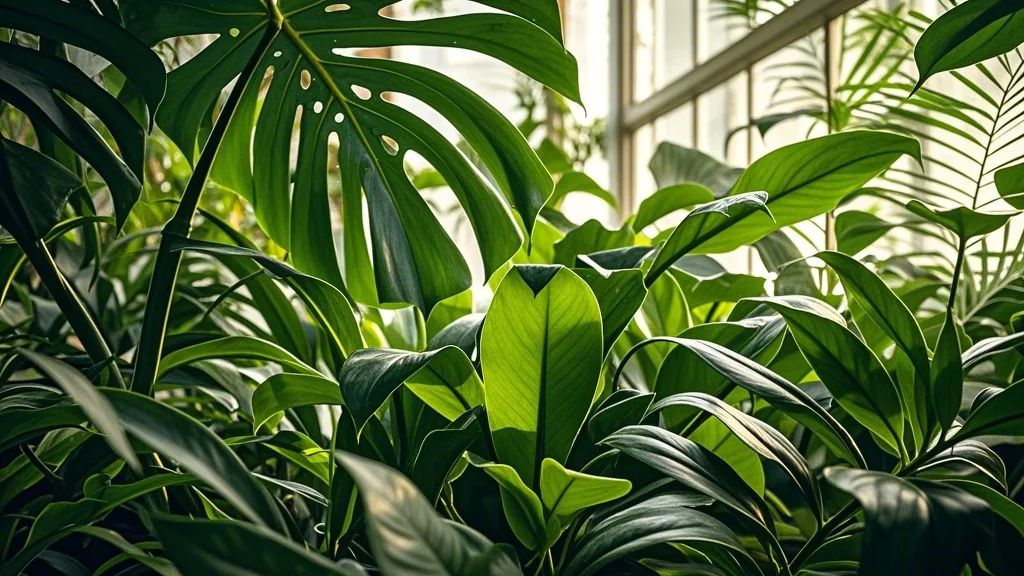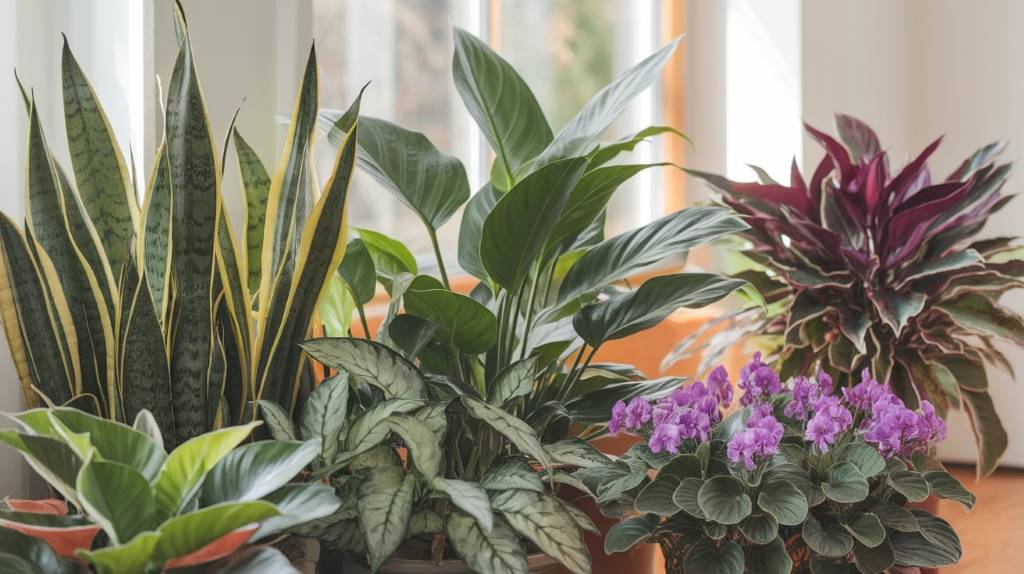For urban gardeners and houseplant enthusiasts, early pest detection is crucial for maintaining healthy indoor gardens. This article explores essential pest identification and monitoring tools that help growers spot potential problems before they become severe infestations.
Contents
Magnification Devices

Hand Lenses
Hand lenses are portable, pocket-sized magnifiers ideal for quick inspections:
- 10x magnification is suitable for most pest identification needs
- Look for models with LED lights for better visibility
- Folding styles offer protection for the lens when not in use
USB Digital Microscopes
For more detailed examinations, USB microscopes connect to computers or smartphones:
- Magnification ranges from 50x to 1000x
- Capture images and videos for documentation or expert consultation
- Some models include measurement tools for precise size comparisons
Jeweler’s Loupes
These compact magnifiers offer high magnification in a small package:
- Available in 20x to 30x magnification
- Ideal for examining tiny mites or thrips
- Often come with built-in LED lights for enhanced visibility
Sticky Traps

Yellow Sticky Traps
Yellow sticky traps attract and capture flying pests:
- Effective for monitoring whiteflies, fungus gnats, and aphids
- Can be hung or placed horizontally near plants
- Available in various sizes for different applications
Blue Sticky Traps
Blue traps are particularly effective for certain pests:
- Attract thrips and leaf miners
- Often used in combination with yellow traps for comprehensive monitoring
- Some growers use both colors to determine which pests are most prevalent
Pheromone Traps
These traps use specific insect pheromones to attract target pests:
- Highly effective for monitoring moth species like Indian meal moths
- Available for various pest species, allowing targeted monitoring
- Often used in conjunction with sticky traps for enhanced detection
Light Traps
UV Light Traps
UV light attracts flying insects, making these traps effective for nocturnal pests:
- Useful for monitoring moths, beetles, and other night-flying insects
- Often combine UV light with sticky surfaces or water reservoirs
- Some models are designed for indoor use and double as ambient lighting
LED Insect Light Traps
Modern LED traps offer energy-efficient pest monitoring:
- Use specific light wavelengths to attract different insect species
- Often include fans to draw insects into a collection chamber
- Some models are rechargeable for portable use
Specimen Collection Tools
Aspirators
Aspirators allow for the careful collection of live insects for identification:
- Manual and battery-powered options available
- Useful for collecting small, delicate insects without damage
- Essential for accurate identification of similar-looking species
Forceps and Tweezers
Precision tools for handling and examining small specimens:
- Look for fine-tipped, anti-static models for delicate work
- Curved forceps can be helpful for reaching into plant crevices
- Consider titanium or stainless steel for durability and easy cleaning
Vials and Containers
Proper storage is crucial for specimen preservation:
- Small, clear plastic vials with secure lids are ideal for temporary storage
- Ethanol-filled vials can preserve specimens for later examination
- Label containers with date, location, and host plant information
Diagnostic Kits
Rapid Test Strips
These kits provide quick, on-site testing for specific plant pathogens:
- Available for common diseases like Pythium, Phytophthora, and TMV
- Results typically available within minutes
- Useful for confirming suspicions before sending samples to a lab
Soil Test Kits
While not directly related to pests, soil health can impact plant susceptibility:
- pH and nutrient level tests can help identify stress factors
- Some kits include tests for soil-borne pathogens
- Regular soil testing can prevent conditions that attract pests
Digital Tools
Pest Identification Apps
Smartphone apps can assist with quick pest identification:
- Many use AI-powered image recognition technology
- Some apps provide treatment recommendations and tracking features
- Popular options include “Picture Insect” and “iNaturalist”
Online Databases
Comprehensive online resources for pest identification:
- University extension websites often provide detailed pest guides
- CABI’s Crop Protection Compendium offers global pest information
- BugGuide.net is a user-contributed database of insect information
Environmental Monitoring Devices
Temperature and Humidity Sensors
Monitoring environmental conditions can help predict pest outbreaks:
- WiFi-enabled sensors allow for remote monitoring and alerts
- Some models track light levels and soil moisture as well
- Data logging features help identify trends over time
Pheromone Dispensers with Monitoring
Advanced systems combine pheromone release with population monitoring:
- Automated traps count insects and transmit data wirelessly
- Useful for large-scale operations or research purposes
- Helps in timing interventions and assessing treatment efficacy
Conclusion
Effective pest management begins with accurate identification and consistent monitoring. By utilizing a combination of these tools, urban gardeners and houseplant enthusiasts can detect potential issues early, leading to more targeted and efficient pest control strategies. Remember that while these tools are invaluable, they work best when combined with regular visual inspections and a thorough understanding of common plant pests and their life cycles.
Additional Resources
- Local cooperative extension services often offer pest identification assistance
- Consider joining plant-focused online communities for crowd-sourced identification help
- Invest in a good field guide or reference book specific to houseplant pests for offline reference
By incorporating these pest identification and monitoring tools into your indoor gardening routine, you’ll be better equipped to maintain a thriving, pest-free urban oasis.








